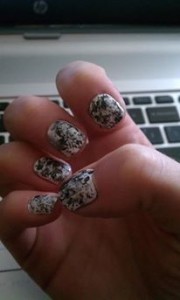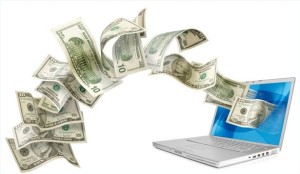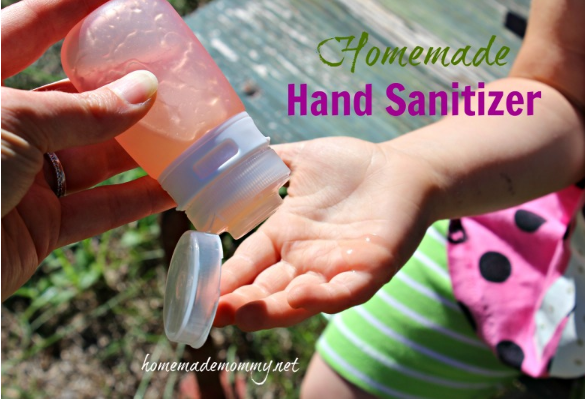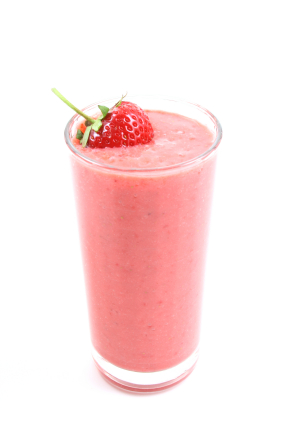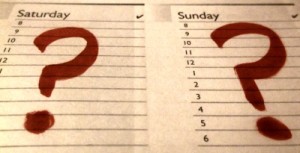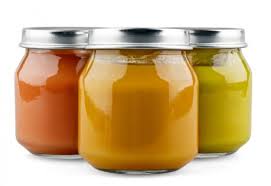
Those little glass jars of baby food are so cute and tempting! Just grab and go, and the jars come in really handy after a good washing! But, jars of baby food are also super expensive, which is why many parents turn to making baby food themselves.
But, is making baby food yourself really worth the hassle?
I’m all for saving money, but I’m also pretty stingy with my time as well. When my little ones were itty bitty, I thought that making baby food would be too much of a hassle and take entirely too much time. Instead of just opening a jar, I would have to prepare the food, mash it into baby consistency, then clean it all up when I was done. So, at first I figured that making baby food just wouldn’t be worth it. Until I gave it a try for myself…
And, boy was I wrong!
As it turned out, making baby food instead of buying it was one of the best decisions I could have made. Not only did I save money on baby food, but I was also able to have more control over what was actually in my baby food.
So, was it worth it making baby food instead of buying it? For me, absolutely it was! I would recommend it to any parent looking to save money on baby food and feed their little ones a healthy diet. At least give it a try and see if it’s for you.
If you’re looking to start making baby food, you probably have a lot of questions and concerns. Here are a few great tips that I wish someone would have shared with me!
#1. Talk to your baby’s pediatrician first.
Most babies are ready for solid foods at around 4 to 6 months of age. Before you start feeding your baby any solid foods, though, you should really speak with your pediatrician first. Not only can your pediatrician give you the go ahead to start solid foods, but they can also give you some tips and advice in which foods to start with.
#2. Start small.
You don’t have to start making baby food at mass production levels. Start small! Pick an easy food, like bananas, and give it a try. Just mash it with a fork and mix it with a little breast milk, formula, or water.
#3. Invest in the proper tools and supplies.
What you use to make your own baby food is really a personal preference. I used a small inexpensive mini chopper that lasted through two kids, three years apart. You can also use your regular blender, an immersion blender, a hand mill, or even just a fork. You’ll also need something to store your homemade baby food in, like reusable plastic containers, plastic bags, and ice cube trays.
#4. Freeze your homemade baby food.
Once you grind and smash your homemade baby food into oblivion, it won’t last more than a few days in the refrigerator. You can solve this problem by pouring it into ice cube trays, freezing it, and storing the frozen baby food cubes in a freezer bag or resealable plastic container. When it’s feeding time, just pull out a frozen baby food cube and thaw it.
#5. Test your homemade baby food before making big batches.
It can be tempting to make a huge batch of baby food to freeze, but it can also be a waste. Until you know that your baby likes a certain food, it’s best to just make a little at a time. Otherwise, you’ll be throwing your homemade baby food – and money – in the garbage.
#6. Use leftovers for homemade baby food.
Whenever possible, I used components of our own meals when making baby food. You can usually use most fruits and vegetables when your baby is young. As your baby gets older, you can also use things like pasta, sauce, rice, plain mashed potatoes, and chicken. Just be sure not to use too many spices or fats when cooking.
#7. Get inspiration from commercial baby food.
One of the hardest parts of making baby food yourself is figuring out what to make. Next time you’re in the grocery store, take a look at some of the baby food flavors. These will give you some ideas of what homemade baby food recipes you can make, as well as what types of solid food your child can have based on their age.


